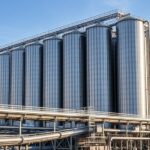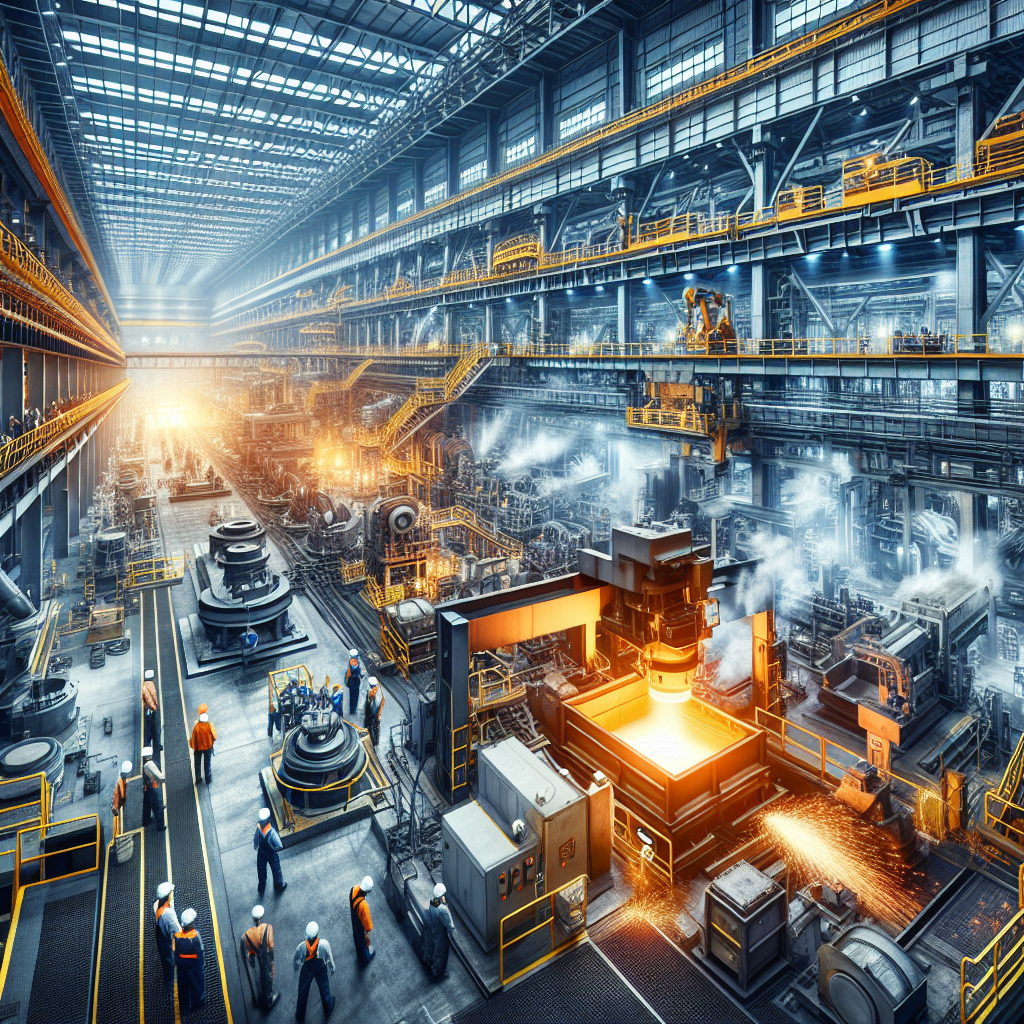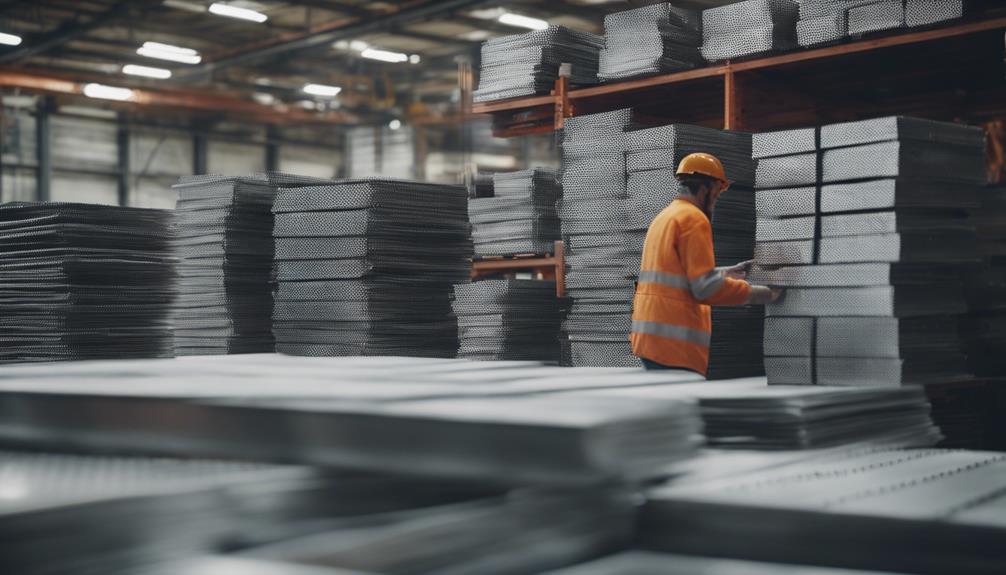In the domain of global trade, Saudi Arabia's iron prices have been a subject of keen observation and analysis. The fluctuating nature of these prices presents a compelling narrative that intersects with various economic indicators and market forces.
Understanding the nuances behind these price shifts is not only vital for stakeholders within the construction sector but also offers a broader insight into the Kingdom's economic landscape. As we explore the intricacies of Saudi iron prices, it becomes evident that there are multifaceted factors at play that demand a closer examination to comprehend the trends shaping this important market.
Current State of Iron Prices
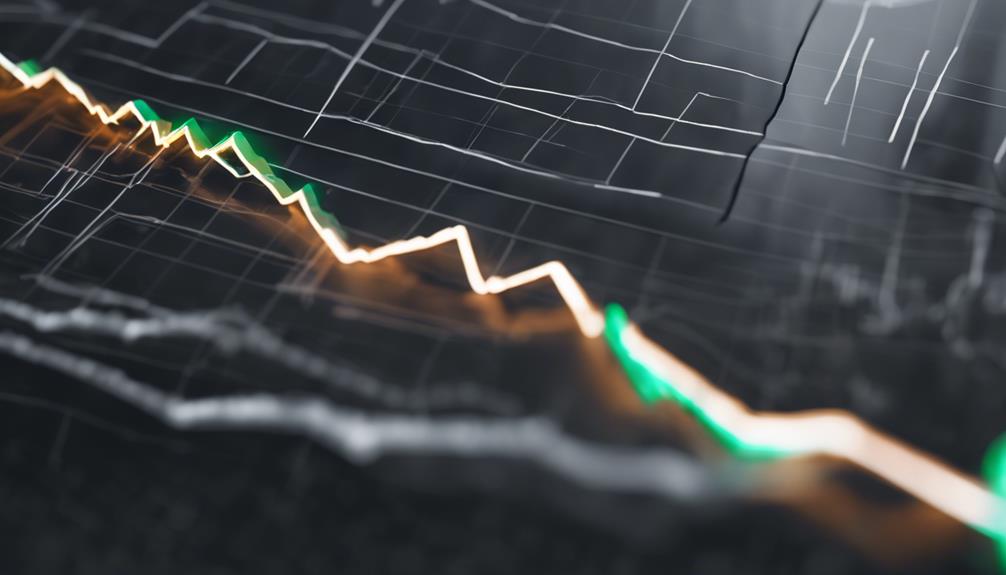
Amidst global economic fluctuations, the current state of iron prices reflects a delicate balance between supply and demand dynamics. Iron demand, a key driver of market dynamics, plays a vital role in shaping the pricing landscape. The demand for iron, fueled by infrastructure projects, manufacturing activities, and the construction sector, greatly influences the market trends. As economies evolve and industrialization advances, the need for iron as a fundamental raw material remains robust, contributing to price stability.
Furthermore, market dynamics, which encompass various factors such as production capacities, trade policies, and technological advancements, interact to determine the equilibrium price of iron. Fluctuations in supply due to geopolitical events, natural disasters, or regulatory changes can swiftly impact prices, underscoring the interconnected nature of the global iron market. Understanding these intricate dynamics is essential for stakeholders to navigate the complexities of the iron industry and make informed decisions regarding investments and operations. Ultimately, the current state of iron prices reflects a finely tuned interplay between demand forces and market dynamics, shaping the industry's trajectory.
Factors Influencing Price Fluctuations
Factors that influence price fluctuations in the iron market are multifaceted and dynamic, reflecting a complex interplay of supply and demand dynamics. The supply chain plays an important role in determining iron prices. Issues such as disruptions in the supply chain due to transportation challenges, natural disasters, or political unrest in key iron-producing regions can lead to fluctuations in prices.
On the other hand, global demand is another significant factor affecting iron prices. Fluctuations in demand from major industrial economies like China, the United States, and the European Union can have a substantial impact on iron prices. Additionally, changes in infrastructure and construction projects worldwide can influence the demand for iron, further contributing to price fluctuations.
Understanding the intricate relationship between the supply chain and global demand is essential for predicting and managing iron price fluctuations in the market. By closely monitoring these factors, stakeholders can make informed decisions to mitigate risks and capitalize on opportunities in the iron market.
Impact on Construction Industry
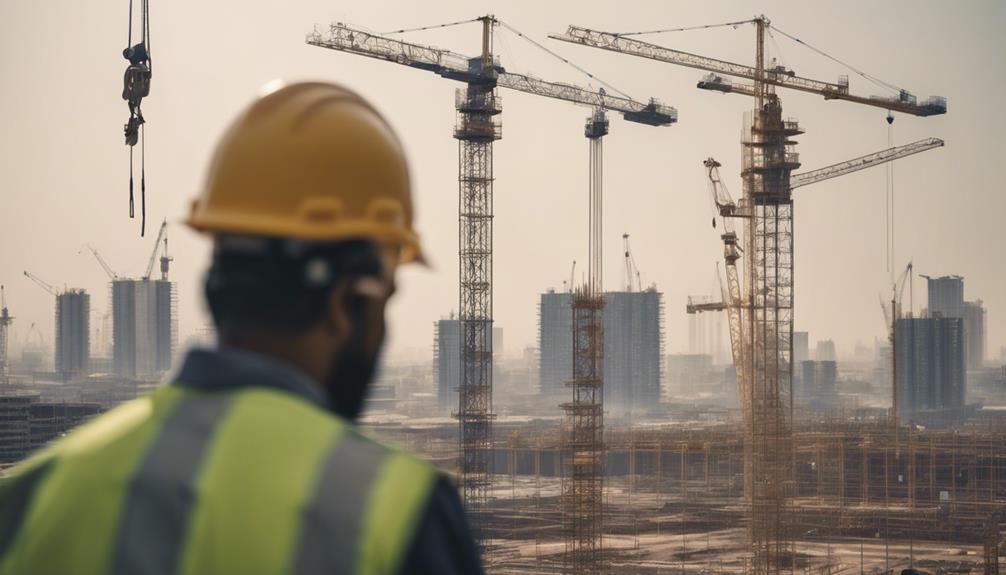
The burgeoning demand for iron in the construction industry is reshaping market dynamics and driving significant shifts in pricing strategies. As construction projects continue to rise in Saudi Arabia, the need for iron as a fundamental building material has surged. This heightened demand has put pressure on the iron supply chain, with suppliers working to meet the construction industry's needs while balancing other sectors requiring iron.
The impact of iron prices on the construction industry is further amplified by economic growth in Saudi Arabia. With the government investing in infrastructure projects and the overall economy expanding, the construction sector is experiencing a boom. As a result, construction companies are closely monitoring iron prices to manage their costs effectively and remain competitive in the market.
The interplay between the supply chain, economic growth, and iron prices underscores the intricate relationship between the construction industry and the iron market in Saudi Arabia. Moving forward, stakeholders will need to navigate these dynamics strategically to secure sustainable growth and development in the sector.
Future Trends in Saudi Iron Prices
As the construction industry in Saudi Arabia continues to drive demand for iron, it is imperative to anticipate and analyze the future trends in Saudi iron prices to effectively navigate the evolving market landscape. The future trends in Saudi iron prices will be greatly influenced by global demand and production capacity.
Global demand for iron is expected to play a vital role in shaping the future trends of Saudi iron prices. As economies worldwide recover from the impacts of the pandemic, the demand for iron is likely to increase as construction activities and infrastructure projects resume. This surge in global demand can lead to fluctuations in Saudi iron prices based on international market dynamics.
Additionally, Saudi Arabia's production capacity will be a key factor in determining the future trends in iron prices. The country's ability to ramp up or adjust its iron production in response to market demands will directly impact the pricing of iron in the domestic market. Keeping a close eye on both global demand trends and Saudi Arabia's production capacity will be essential for stakeholders looking to make informed decisions in the iron market.
Tips for Navigating Price Changes

In response to shifting market dynamics, strategizing procurement practices can help businesses effectively navigate fluctuations in Saudi iron prices. Price forecasting plays a critical role in anticipating potential price changes, enabling companies to adjust their procurement strategies accordingly. By utilizing market analysis tools and staying informed about global iron trends, businesses can make more informed decisions regarding when to buy or sell iron, ultimately mitigating the impact of price changes.
Furthermore, establishing strong relationships with suppliers and staying abreast of geopolitical events that may influence iron prices can provide valuable insights for businesses looking to navigate price fluctuations successfully. Diversifying the supply chain and maintaining flexibility in procurement agreements can also help mitigate risks associated with sudden price shifts.
Frequently Asked Questions
How Do Political Tensions in the Region Affect Saudi Iron Prices?
Geopolitical tensions in a region can disrupt the supply chain, leading to market volatility. Companies may implement pricing strategies and risk management techniques to navigate uncertainties, ensuring operational continuity and financial stability amidst challenges.
What Role Does Global Demand Play in Shaping Saudi Iron Prices?
Global demand plays a significant role in shaping Saudi iron prices. Economic factors, such as market trends, industrial growth, and trade agreements, influence the level of demand for iron, which in turn impacts the pricing dynamics in the Saudi market.
Are There Any Environmental Regulations Impacting the Iron Industry in Saudi Arabia?
Environmental regulations have a significant impact on industries worldwide. In Saudi Arabia, these regulations shape the operations of the iron industry, ensuring compliance with standards to minimize environmental harm and promote sustainable practices within the sector.
How Do Technological Advancements in Iron Production Impact Prices in the Market?
Technological advancements in iron production, such as the impact of automation and efficiency in production, play a pivotal role in influencing market prices. These advancements streamline processes, enhance productivity, and ultimately affect pricing dynamics.
Are There Any Upcoming Infrastructure Projects in Saudi Arabia That Could Impact Iron Prices in the Future?
Upcoming infrastructure projects play an important role in driving economic growth by creating job opportunities, boosting productivity, and improving connectivity. The successful completion of such projects could have a significant impact on various markets, including the iron industry.



